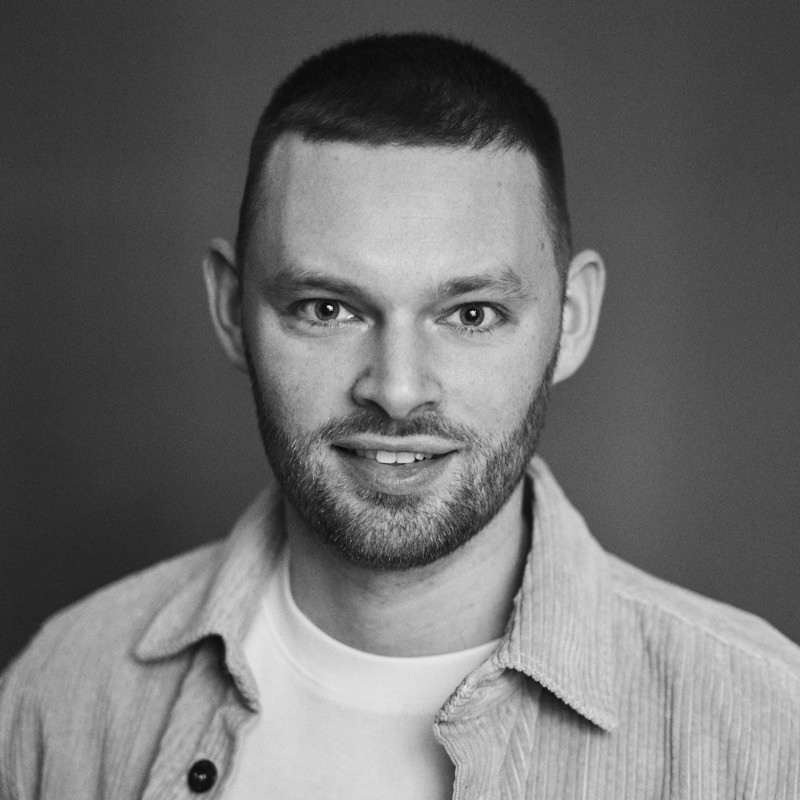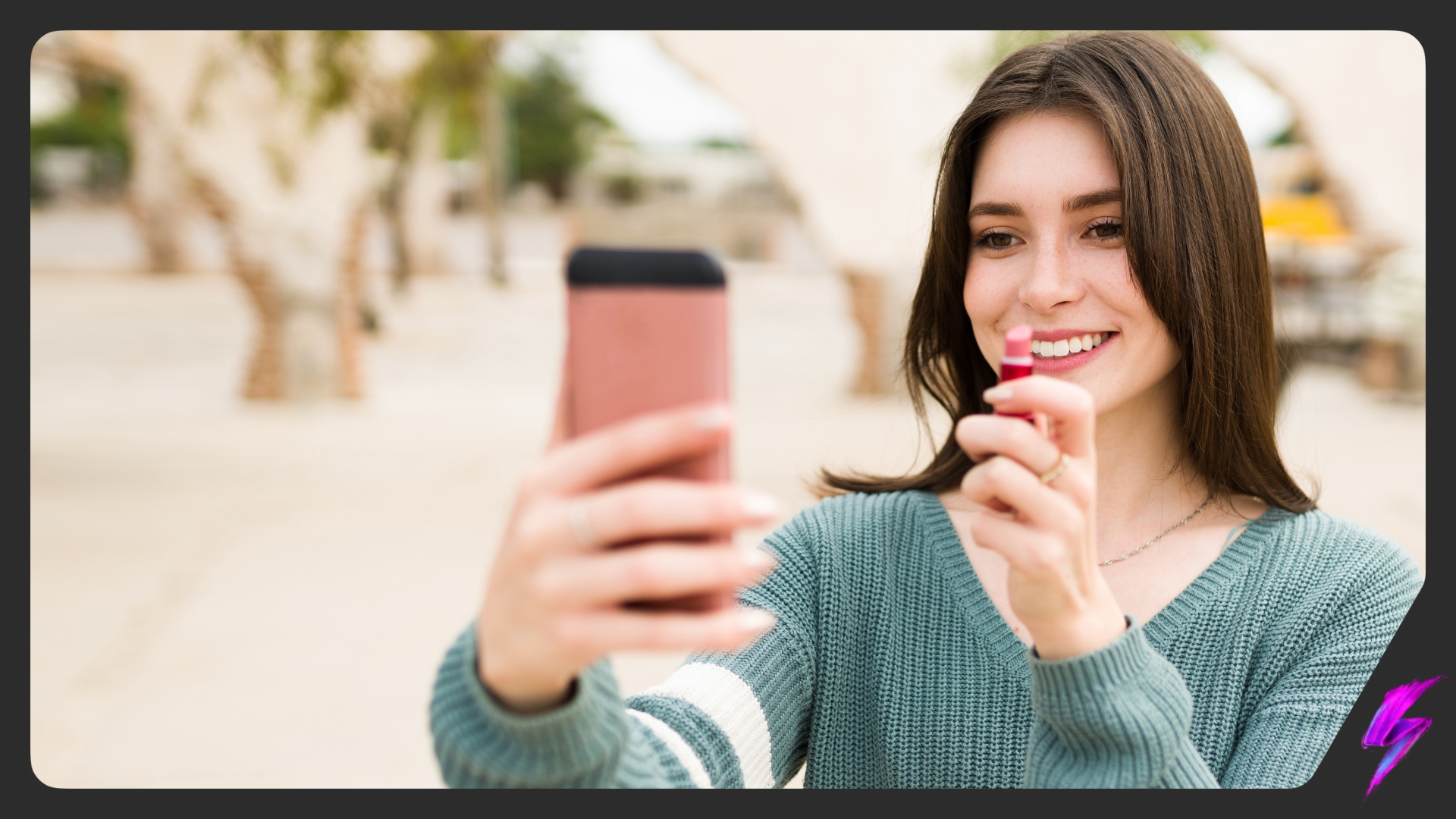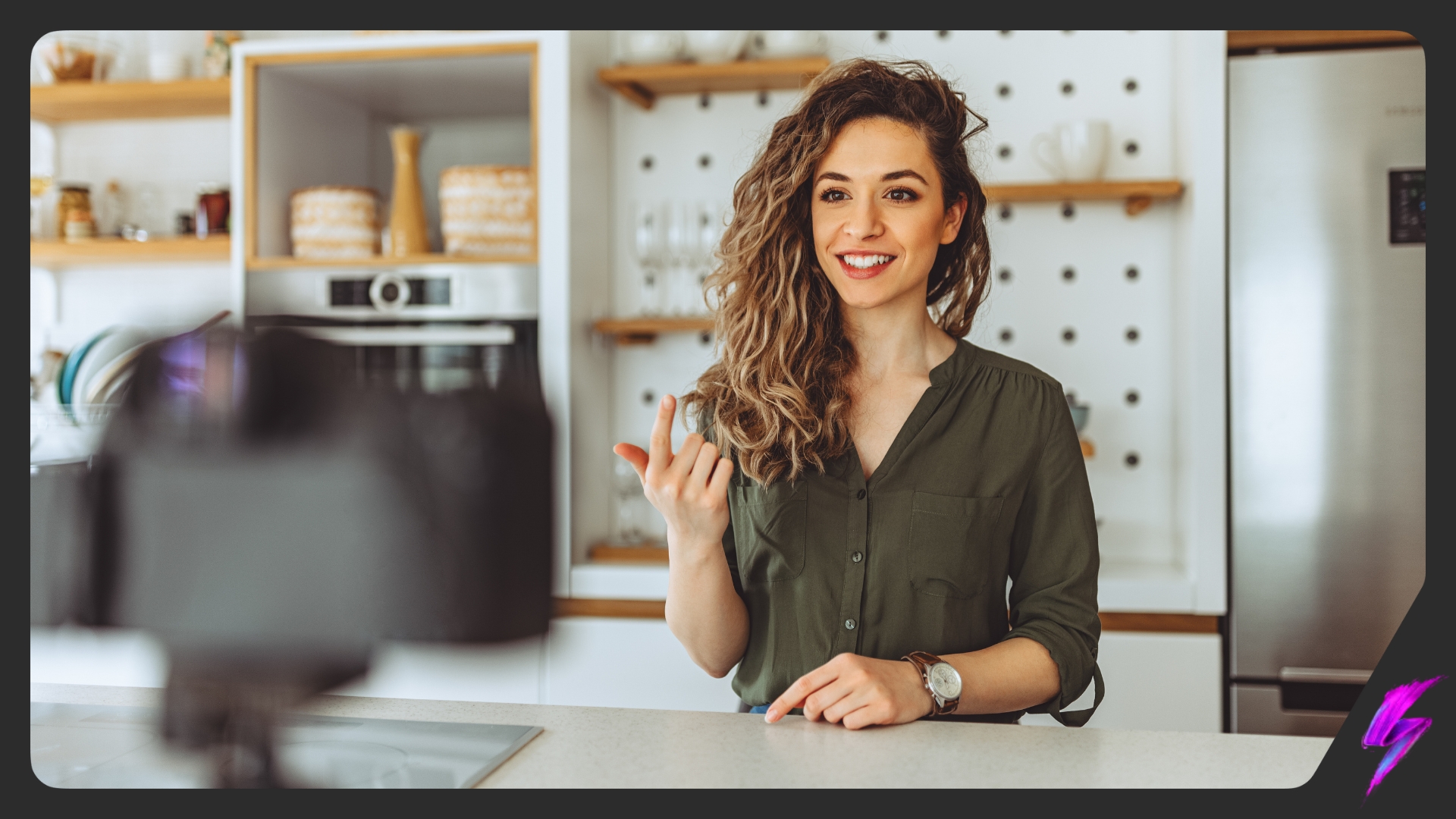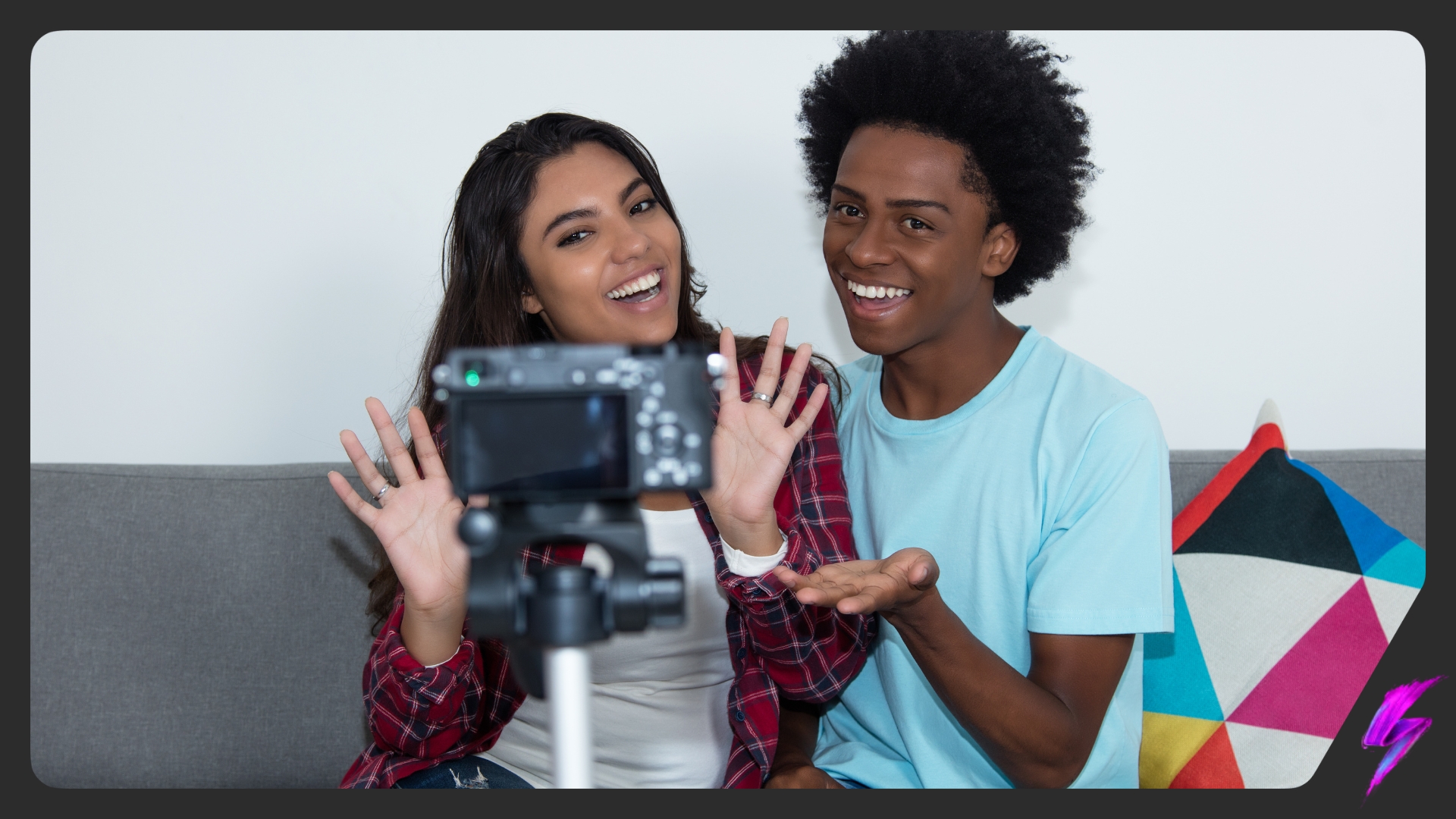Virtual Influencers in the Fashion Industry
Feb 21, 2022
Influencer News
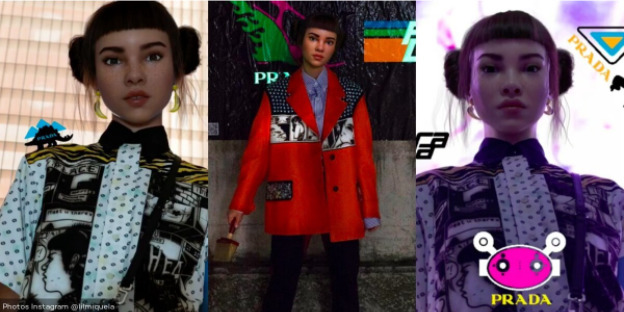
Once upon a time, we feared robots taking over the world. This fear has gone from a far-fetched thought to a reality as a result of technical developments in artificial intelligence. While we’re still a way off from dealing with robots roaming around the streets, one place they have begun to take over is social media. Around the world, people are taking to social media to follow and engage with a new wave of online personality: the virtual influencer.
What are virtual influencers?
Virtual influencers are computer generated influencers. They are sometimes also referred to as digital avatars, CG-models or digital characters. While they don’t actually exist in the physical world, they lead very exciting lives on social media. They have their own virtual and real friends and partners, their own political and social opinions, their own dietary preferences, and virtual hobbies. They present a realistic front on social media, but if you look behind the screen, you’ll find a team of designers, writers and artists that work hard to ensure the virtual influencer looks, moves and speaks like a regular person.
The history of virtual influencers
Virtual influencers began making a real buzz in the marketing world in 2016. Initially, virtual influencers were designed to appear as realistic as possible. At first glance, you probably wouldn’t notice they weren’t real—given the photoshop and FaceTune editing many influencers favour, you would have assumed they were simply perfectly edited for social media.
Since then, the appearance of virtual influencers have evolved. While you will still find the incredibly human-like avatars (like Miquela Sousa aka Lil Miquela), we are seeing more and more cartoon-like virtual influencers take pride of place, such as Noonoouri or Qai Qai.
Virtual influencers have been ingrained within the fashion industry since their conception. Starting casually with social media collaborations, the relationship between virtual influencers and fashion has blossomed. Now, we regularly see virtual influencers appear in luxury fashion campaigns (Balmain even started its own Virtual Army) and forming long-term partnerships with designer and high-street fashion brands.
The Opportunities when using virtual influencers
The main opportunity regarding virtual influencers is that you can design a “human” from scratch. This means, if you are willing to develop your very own avatar, you can create the perfect personification of your brand. You can design how they talk, their appearance, their interests and any niche hobbies, their fashion sense, and you can even change their location depending on initiatives. There are no physical restraints when using virtual influencers.
When working with virtual influencers, production costs are reduced. You don’t need to fork out for hair and makeup teams, rent for studio spaces, or travel expenses. There will also be significantly less lead times, as you don’t need to fit around an influencer’s schedule or wait for them to find time to create content.
Given the coming of the metaverse, using virtual reality influencers is the equivalent of dipping your toes in the digital waters. Virtual influencers have nearly 3X the engagement as human influencers, and are a great way to begin engaging younger audiences. As metaverse experiences become more accessible, you can have a natural transition into the digital world by using virtual influencers to showcase any digital garments you have created.
Alongside the buzz of the metaverse, is the popularity of NFTs. By working with or creating a virtual influencer, fashion brands could create exclusive NFTs. These could be redeemed for a real-life experience or for the garment the virtual influencer is wearing.
The threats when using virtual influencers
When using virtual influencers, there are a few ethical concerns. Considering virtual influencers aren’t actually real, they aren’t able to experience the items they are promoting. The garments will always fit, the fabric will always be comfy and flow, and there will never be a quality issue. It’s an ethical quandary promoting something as perfect when it’s not real.
Social platforms (namely Meta) are cracking down on ethical guidelines for virtual influencers. The metaverse evolution has further blurred the lines in terms of what’s allowed in terms of representation. As virtual influencers can be literally anyone or anything, this leads to concerns about body image perception and other forms of misuse through false or unclear representation. Meta’s eventual ethical framework will likely provide limits to the use of virtual influencers.
Consumers connect with humans. If a digital influencer looks like a person, social media users will feel empathy, but to a certain extent. There comes a point where the virtual influencer becomes too close to reality, and users will respond with revulsion. It’s called the “uncanny valley” metaphor. This suggests a humanlike appearance or behaviour can make an artificial figure more familiar to viewers, but once the figure tries and fails to be too realistic, the sense of familiarity drops sharply.
Virtual influencers have been successful so far due to their novelty. Even though they’ve been a buzzword for the past four years, brands are still finding new ways to incorporate them. You can find virtual influencers on every platform—including YouTube, Instagram, TikTok and Twitter. While this presents brands with more opportunities, it also means consumers are becoming desensitised to them. How long until this novelty completely wears off?
Fashion brands using virtual influencers
Balmain
Balmain was very quick to adopt virtual influencers into its social media strategy. In 2018, the brand created its own “Virtual Army”, consisting of three popular virtual influencers: Margot, Shudu and Zhi.

The lifelike models were created by photographer Cameron-James Wilson, who created Shudu in 2017. The models were styled by CLO Virtual Fashion, which created hyper-realistic 3D garments. Balmain designed the models to each show a specific influence within the brand’s fashion collections.
Prada
Prada has been working with virtual influencers since 2018. Lil Miquela took over the brand’s Instagram account during the Autumn 2018 Milan fashion week. The virtual influencer attended the brand’s fashion show and uploaded backstage videos and preview images of the collection. The takeover was an exciting experience for viewers as they saw the potential for combining the real and digital worlds (phygital).
Since then, Prada has continued to periodically work with Lil Miquela to “dress” her in their new ranges and to feature her within luxury campaigns. Prada has also worked with cartoon-ish virtual influencer Noonoouri.
Prada has taken working with virtual influencers one step further within its fragrances. To relaunch its Prada Candy line, Prada created its own in-house influencer (aptly named Candy) to promote the fragrance. The decision to create its own virtual influencer stemmed from a strategy to engage the digitally-focused Gen Z.
View this post on Instagram
By using Candy, Prada are able to stimulate digital interactions with younger audiences, as well as explore new digital heights and milestones. Prada can create a relatable story using Candy, while keeping charge of its own digital narrative.
Puma
As part of its promotion for the new Future Rider sneakers, Puma created a virtual influencer (Maya) to represent Southeast Asia. To accurately represent SEA, Maya was created using an AI platform that mapped the faces of millions of people in SEA, using multiple online sources.
View this post on Instagram
Maya’s personality was created in a similar way, using psychographics and social listening tools within SEA. Her personality evolved with time, and her additional interests were decided using AI curation and social listening, ensuring that she remained relevant to SEA audiences at all times.
Puma has also worked with virtual influencer Rae for the 2022 Chinese New Year.
View this post on Instagram
Famous virtual influencers in fashion
Lil Miquela
Miquela Sousa—better known as Lil Miquela—is one of the top virtual influencers and has worked with big-name fashion brands including Prada, Dior and Calvin Klein. She also released one single, “Not Mine”, in 2017 and debuted her first music video, “Hard Feelings”, at Lollapalooza’s online festival.
@lilmiquela Which one do you think is more accurate? ? #thatsnotmyname #robot #adayinmylife ♬ That’s Not My Name – The Ting Tings
View this post on Instagram
This freckled Brazilian-American influencer was created by Brud and has over 3 million Instagram followers, dubbed as “Miquelites”, 3.5 million TikTok followers and more than 30,000 Twitter followers.
Noonoouri
Noonoouri is a cartoonistic digital influencer that has taken the fashion world by storm. She has worked with most designer fashion brands, including Versace, Bulgari and Dior, as well as high-street brands—most recently Ivy Park.
View this post on Instagram
While fashion is Noonoouri’s main entertainment channel, she also aims to inform people about various social causes, shaping her into more than just a digital fashion character. She’s a proud vegan and publicly supports sustainable fashion (a bit of a juxtaposition…). She is mainly active on Instagram and has nearly 400K followers there.
imma
imma is Japan’s first virtual model and was created in 2018. With her distinctive pink bob, imma has made headlines, including “New 100 Talent to Watch” by the Japan Economics Entertainment.
View this post on Instagram
@imma.tokyo Thanks 2021✌️?#imma#あたしCGらしい#ithinkimcgi#2021振り返り#2021memories #my2021#bye2021 ♬ オリジナル楽曲 – imma
Her interests in Japanese culture, art and film have transformed her into a well-rounded influencer. She has worked with fashion brands including Burberry, Adidas Tokyo, and has just been announced as a brand ambassador for Tommy Jeans. She has over 350K followers on Instagram, and over 300K followers and 3.5 million likes on TikTok.
FAQs
What do virtual influencers do?
Virtual influencers are fictional computer generated ‘people’ who have the realistic characteristics, features and personalities of humans.
How do virtual influencers impact real life influencers?
Virtual influencers have a higher engagement rate than real influencers—this is highly appealing to brands, which is why so many virtual influencers have partnered with brands on social media. However, despite this, real life influencers will always be favoured by consumers. This is because virtual influencers aren’t able to provide authentic experiences or recommendations. Virtual influencers can’t actually experience anything, so there will always be some form of a disconnect between them and their audience.
Who was the first virtual influencer?
The first virtual influencer to enter the space was Lil Miquela.
Our Influencer marketing agency and Social agency are located worldwide, with our agency network based in the USA, UK, UAE and China.
If you want to receive our industry insights, visit our Influencer Marketing & Social Media blog.
@ Socially Powerful
[cta]
Popular Blogs
Most Popular Instagram Hashtags | Tiktok Hashtags | Instagram Monetization | Facebook Banner Size | Snapchat Influencers | Most Subscribed Youtubers | Best Time to Post on Youtube | UK Twitch Streamers | Female Twitch Streamers | Popular Tiktok Songs | Male Tiktok Influencers | Lgbtq Tiktok Influencers | The Rise and Fall of Clubhouse | Influencer Marketing on Clubhouse | LiketoKnowit | Pretty Little Thing Instagram| Top Social Marketing Agencies
Social And Influencer Marketing News + Insights
Get in touch
We'll show you how to start powerful conversation, drive social engagement, build your brand, hit sales targets or meet other goals you have, wherever you are in the world.
Work with us